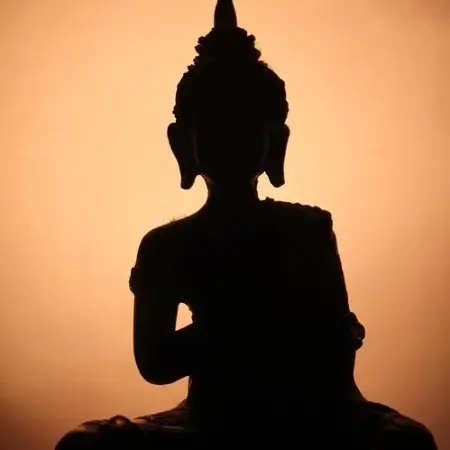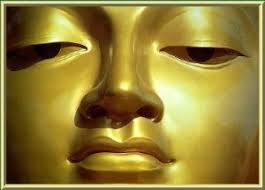
Zen meditation dates back to the 7th century at the time of Tang Dynasty in China, the roots originated in India at the time of Buddha. In Japan, “Zen” came from the Chinese word Ch’an, which itself is a derivative of the word “dhyan” in India, meaning meditation or concentration.
Can beginner’s practice Zen?
Zen meditation is easy to practice and is fruitful for both, the new and the seasoned practitioners. Zen gives you the insight into the mind as to how it works.

It helps people in many ways, including how to cope with anxiety and depression. It takes the mind to new heights as it unravels the inborn clarity and potential of the mind. Many people experience awakening is experienced with this state of mind.
Benefits of Zen Meditation
Zen Budhists meditate by observing thoughts and letting them go that arise in the mind and developing an insight on the nature of mind and body.

ZEN MEDITATION GOES DEEPER THAN JUST RELAXATION OF MIND AND BODY
Zen meditation goes deeper than just relaxing the mind and body. It goes into the deep-rooted issues which are understood with practice and intuition and not by theory or logic.
Bodhidharma, the great Budhist master described Zen, Ch’an as transmission directly pointing to human heartmind and seeing nature and not so much on letters or words.
How is Zen Practiced?
Zazen is the meditation taught in Zen schools, when one sits upright and follows the breath movement especially in the belly.

How can Zen Help me?
Some schools practice with koan. Koan is a spiritual riddle from the master to the student to get an idea of truth that goes beyond rationality. The practice involves a supportive connection between a genuine master and a genuinely devoted student.
The Scope of Zen
Some schools practice with koan. Koan is a spiritual riddle from the master to the student to get an idea of truth that goes beyond rationality. The practice involves a supportive connection between a genuine master and a genuinely devoted student.
FINDING THE PROBLEM
It addresses core issues. It goes in to finding the actual cause of unhappiness and dissatisfaction and shifts our focus to bring true understanding.
The true key to happiness lies within us and it is neither wealth, nor fame. Like other genuine spiritual paths, Buddhism teaches us that the more you give to others, you advance.
AWARENESS AND GRATITUDE
It brings about awareness of how things are interconnected and appreciation of all gifts that life offers us. As our compassion and concern for others increases our completion within increases with it.
INNER PEACE
As Zen master says that if you run after inner peace, you may not find it. But in the act of giving happiness to others and giving up the idea of attaining reward of inner peace, you will find lasting peace. This is the scope of Zen.
BETTER FOCUS
In daily life, Zen trains the mind to be calm. Meditators achieve better focus and creativity.
BETTER HEALTH
Meditators have improved health. Zazen practitioers report lower blood pressure, lesser stress and anxiety, a more rejuvenating sleep, etc.
Top 3 Zen Meditation Techniques
OBSERVATION OF THE BREATH
Choose a comfortable posture for zazen meditation:
- Half-lotus
- Burmese
- Seiza pose
Sit on cushion or padded mat or cushion. Even practicing on a chair is fine. Awareness is directed towards a process of object as breathing. Focussing on how breath moves in and out of belly area. This brings a long-lasting sense of alertness and presence.
QUIET AWARENESS

Quiet awareness does not use a focal point as breath, instead the meditators allow the thoughts through the mind without any judgement. Japanese refer to this process as Shikantaza or “just sitting.” The teachings say that there is no goal in perception. The meditators “just sit” and allow the mind to be. Zazen is not the means to an end, it is the end itself.
Intensive group meditation
Committed meditators practice regularly in temples or meditation Centers

Japanese call this seshin. Practitioners devote time to sitting meditation. Each session lasts 30 to 50 minutes, alternated with walking meditation and short breaks and meals. The practice of eating meals in silence with oryoki bowls. Short periods of work are mindfully performed. Zen meditation retreats are most popular in Japan, Taiwan and the West.
 +91-8607000895
+91-8607000895  Whatsapp
Whatsapp


